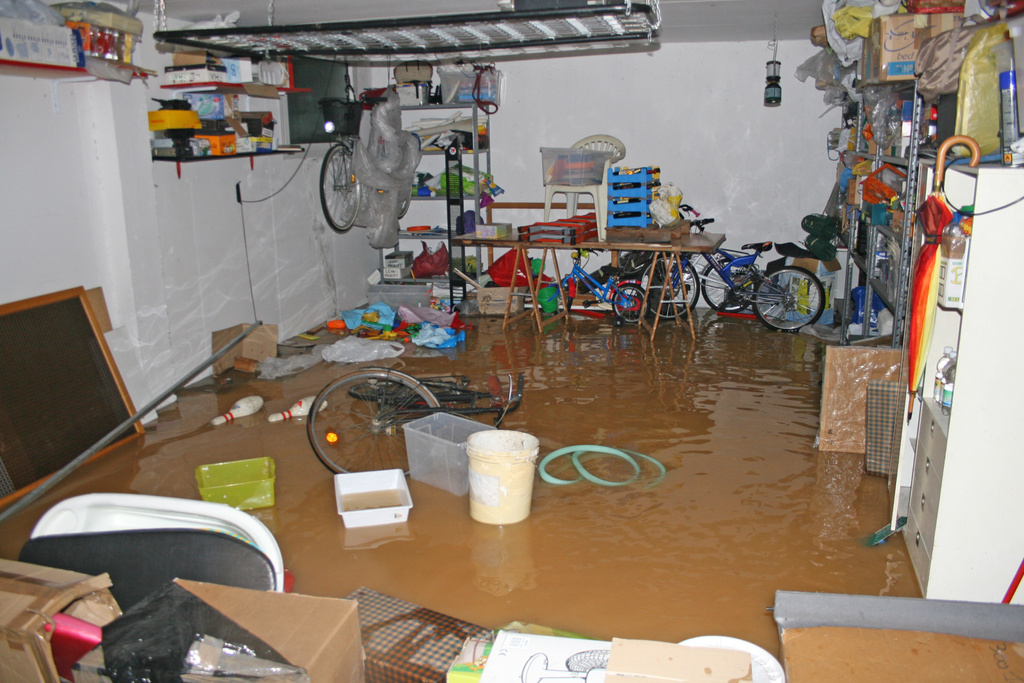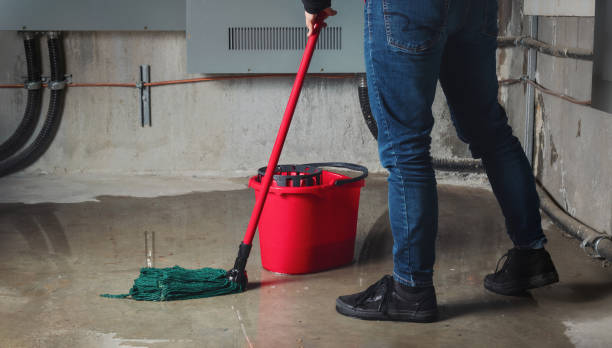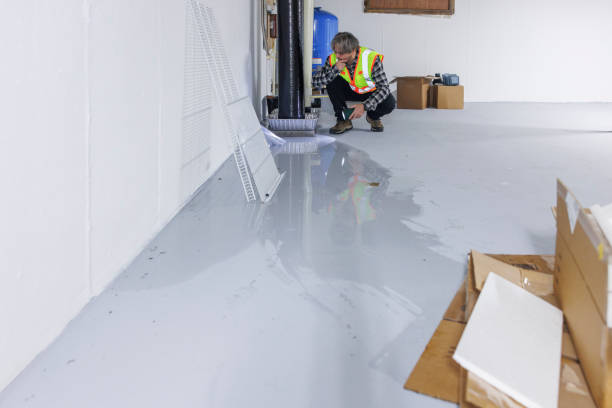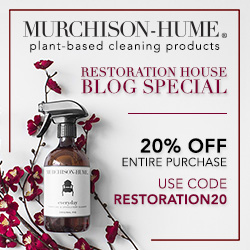
Seasonal storms, whether they come in the form of torrential rains, hurricanes, or snowmelt, can wreak havoc on homes and properties. Water damage is a common consequence, leading to potential structural issues, mold growth, and ruined belongings. However, dealing with water damage doesn't have to be an overwhelming ordeal. With a proactive approach, the right knowledge, and professional help, you can effectively manage and mitigate the impact of water damage to your home.
Understanding the Impact of Water Damage
Water damage can manifest in various ways, depending on the severity of the storm and the condition of your property. Common issues include the following:
1. Structural Damage: Water can weaken the foundation, walls, and roof of a house, leading to long-term structural integrity problems if not addressed promptly.
2. Mold and Mildew: Moist environments are breeding grounds for mold and mildew, which can cause health issues and further damage to the property.
3. Damage to Belongings: Furniture, electronics, clothing, and personal items can be ruined by water exposure.
4. Electrical Hazards: Water can cause electrical systems to short-circuit, posing a serious risk of fire and injury.
You can visit this site to read more about water damage.

Immediate Steps to Take After Water Damage
Before you begin any cleanup, ensure that the property is safe to enter. Check for structural damage, and be cautious of potential electrical hazards. If necessary, turn off the main power supply to avoid electrocution risks.
2. Document the Damage
Take photographs and videos of the damage before you start cleaning up. This documentation will be crucial for insurance claims and for understanding the extent of the damage.
3. Contact Your Insurance Company
Notify your insurance company as soon as possible. Provide them with documentation of the damage and follow their instructions for filing a claim. Understanding your policy's coverage will help you know what costs will be covered.
4. Remove Standing Water
Use pumps, wet vacuums, and buckets to remove standing water from the property. The faster you can remove the water, the less damage it will cause. Ensure that you wear protective gear during this process to avoid exposure to contaminated water.
5. Dry Out Affected Areas
You can use fans, dehumidifiers, and open windows to increase air circulation and dry out affected areas. The sooner you can dry out the space, the less likely mold and mildew will develop. For severe cases, consider hiring professional water damage restoration services.
Cleaning and Restoration
1. Remove Damaged Materials
Remove and dispose of damaged materials, such as carpeting, drywall, and insulation, that cannot be salvaged. These materials can retain moisture and become breeding grounds for mold.
2. Clean and Disinfect
Thoroughly clean and disinfect all surfaces that have come into contact with water. Use a mixture of bleach and water or cleaning solution to kill bacteria and prevent mold growth. Pay special attention to hidden areas, such as under floorboards and behind walls, where mold can thrive.
3. Restore and Repair
Begin the restoration and repair process once everything is clean and dry. This may involve replacing drywall, flooring, and insulation, as well as repairing structural damage. Consider hiring professionals for significant repairs to ensure the work is done correctly.
Preventing Future Water Damage
1. Improve Drainage
Ensure that your property has proper drainage systems in place. Clean gutters and downspouts regularly to prevent blockages that can lead to water buildup. Consider installing French drains or a sump pump to manage water flow effectively. Read more details on how to improve drainage at https://landscape-water-conservation.extension.org/practices-to-improve-drainage/
2. Waterproof Your Home
Apply waterproof coatings to your home's exterior walls and foundation. Seal any cracks and gaps that could allow water to seep in. For basements, use waterproof paints and consider installing a vapor barrier.
3. Maintain Your Roof
Regularly inspect your roof for damaged or missing shingles and repair them promptly. Ensure that flashing is intact and that there are no leaks around vents and chimneys. A well-maintained roof is your first line of defense against water damage.
4. Install Backflow Valves
Backflow valves can prevent sewage from backing up into your home during heavy rains. These valves are particularly important for homes with basements or located in low-lying areas.
5. Keep Sump Pumps in Working Order
If your home has a sump pump, ensure it is in good working order and test it regularly. During storm seasons, having a backup battery-operated sump pump can provide extra security in case of power outages.
Seeking Professional Help
While many steps in dealing with water damage can be handled independently, some situations require professional intervention. Water damage restoration companies have the expertise, equipment, and experience to deal with severe damage effectively. They can provide comprehensive services, from water extraction and drying to mold remediation and structural repairs.
Choosing the Right Restoration Company

1. Check Credentials: Ensure the company is licensed, insured, and certified by recognized industry organizations, such as the Institute of Inspection, Cleaning and Restoration Certification (IICRC).
2. Experience and Expertise: Look for companies with extensive experience in water damage restoration and positive customer reviews. A Company like SOS Cleaning & Restoration is a good example.
3. Emergency Services: Water damage requires prompt action. Choose a company that offers 24/7 emergency services to address the problem quickly.
4. Comprehensive Services: A good restoration company should provide a range of services, including water extraction, drying, mold remediation, and repair and reconstruction.
Conclusion
Dealing with water damage after seasonal storms doesn't have to be a stressful ordeal. By taking immediate action, prioritizing safety, and following a systematic approach to cleaning and restoration, you can mitigate the impact of water damage on your property. Preventative measures can help safeguard your home against future storms, and professional restoration services can provide the expertise needed for severe cases. With the right knowledge and resources, you can navigate the aftermath of water damage with confidence and ease, ensuring your home remains safe and comfortable.






